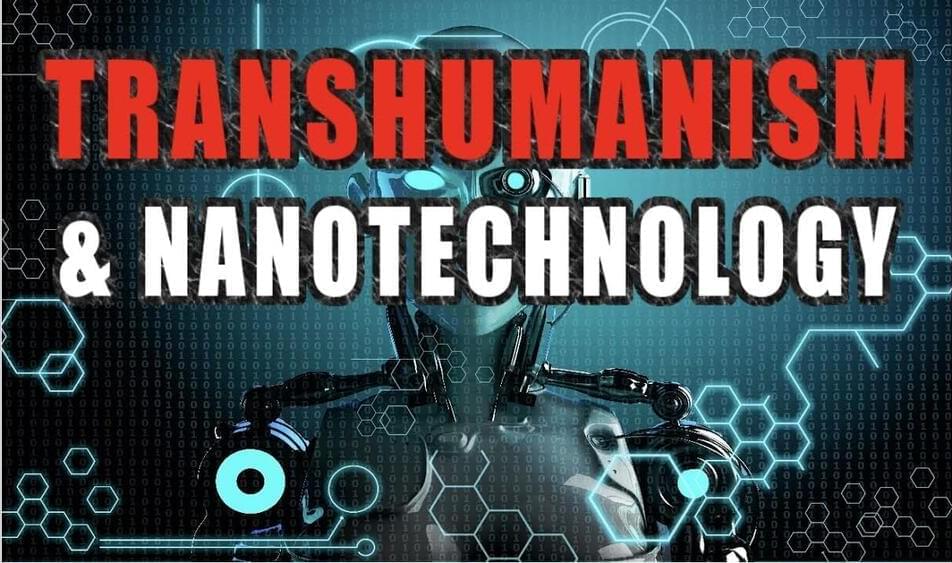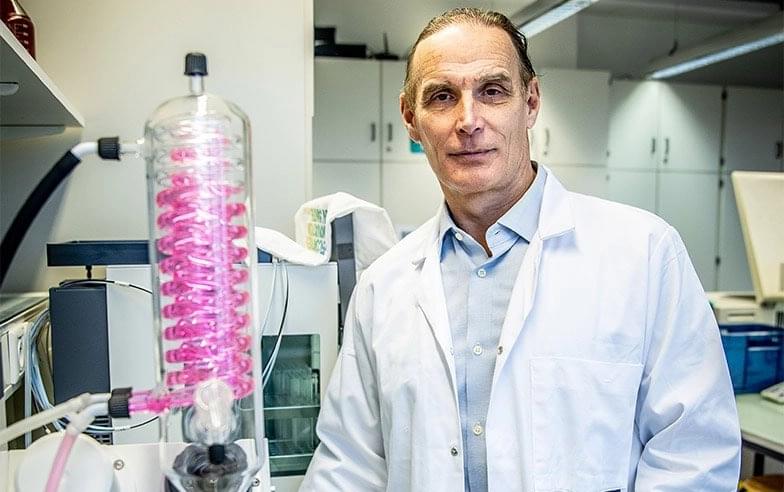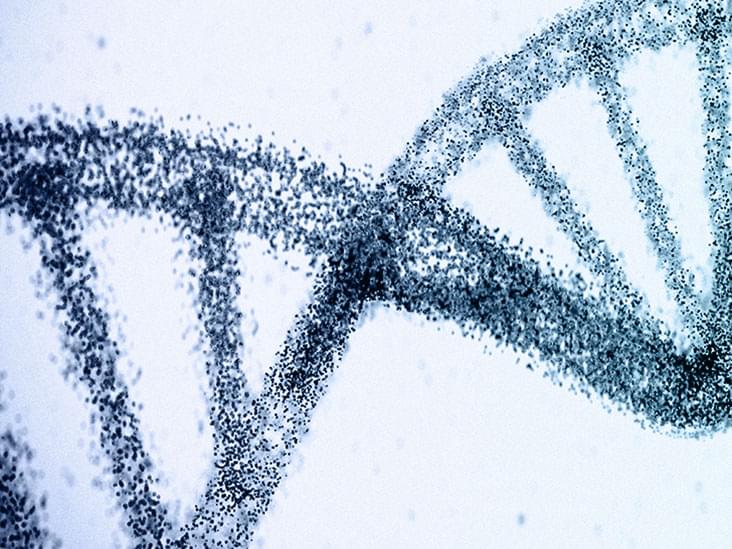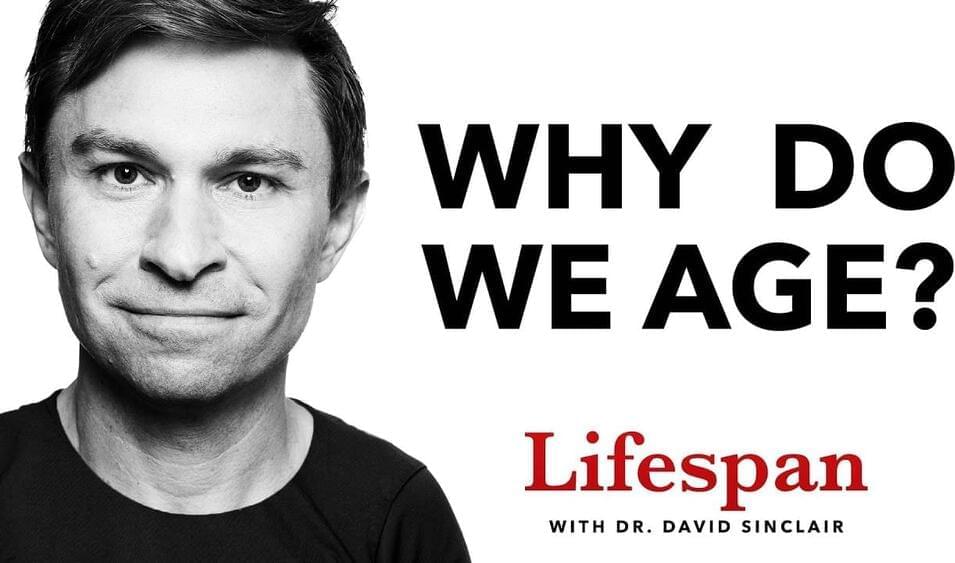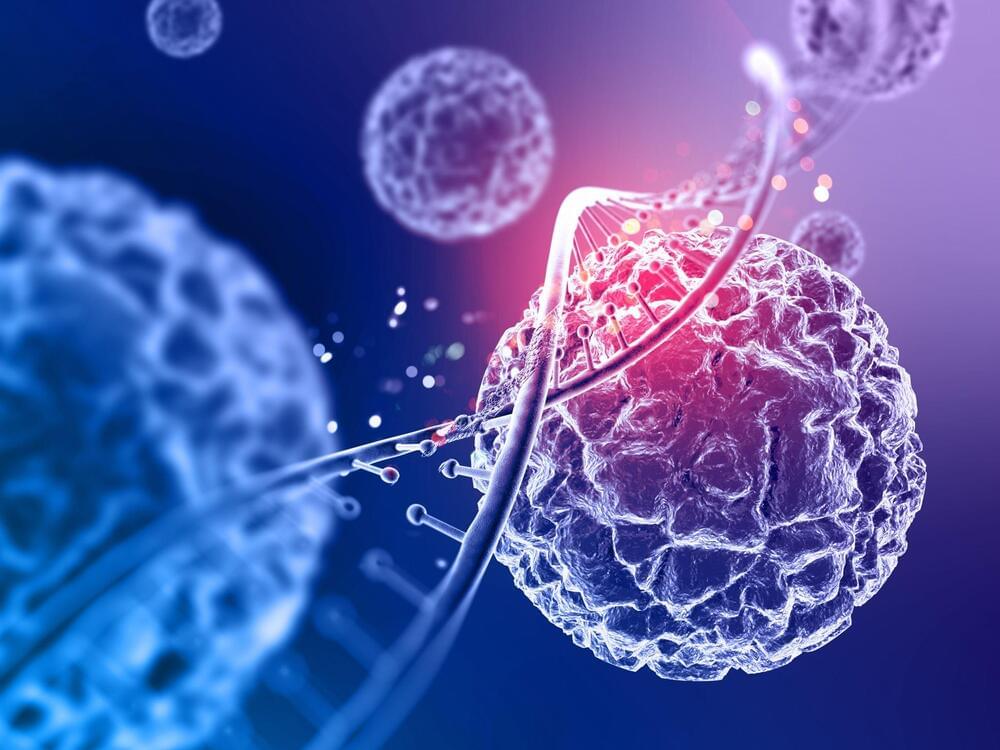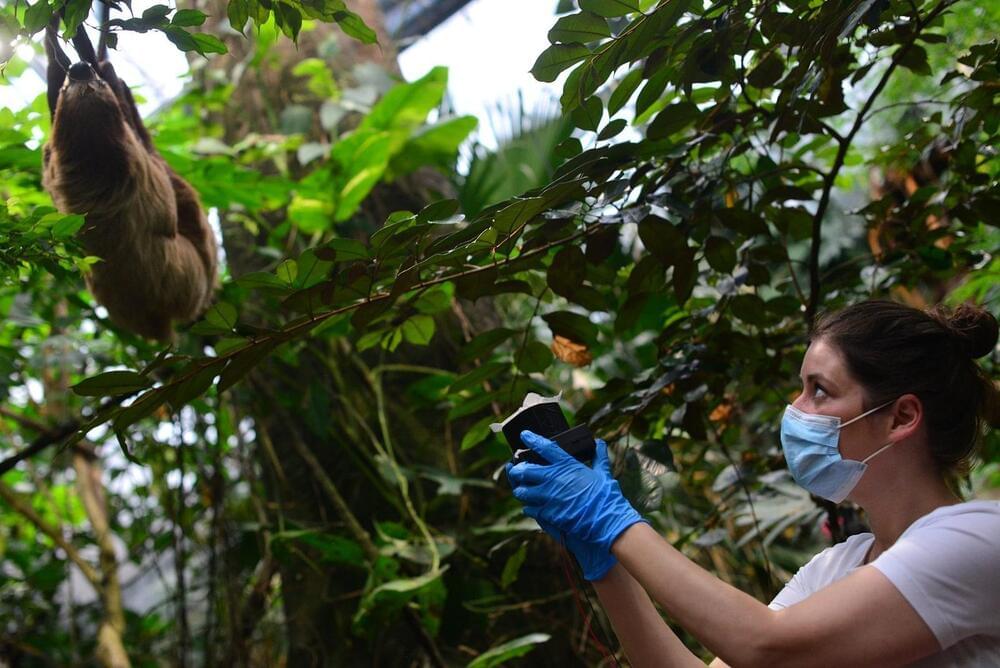It depends.
Warp drive. Site-to-site transporter technology. A vast network of interstellar wormholes that take us to bountiful alien worlds. Beyond a hefty holiday wish-list, the ideas presented to us in sci-fi franchises like Gene Roddenberry’s “Star Trek” have inspired countless millions to dream of a time when humans have used technology to rise above the everyday limits of nature, and explore the universe.
But to guarantee the shortest path to turning at least some of these ideas into genuine scientific breakthroughs, we need to push ideas like general relativity to the breaking point. Tractor beams, one of the most exotic ideas proposed by the genre that involves manipulating space-time to pull or push objects at a distance, take us beyond the everyday paradigm of science, to the very edge of theoretical physics. And, a team of scientists examined how they might work in a recent study shared on a preprint server.
“In researching sci-fi ideas like tractor beams, the goal is to push and try to find a demarcation point where something more is needed, like quantum gravity,” said Sebastian Schuster, a scientist with a doctorate in mathematical physics from the Charles University of Prague, in an interview with IE. And, in finding out if tractor beams can work, we might also uncover even more exotic forces, like quantum gravity. So strap in.
Full Story:

